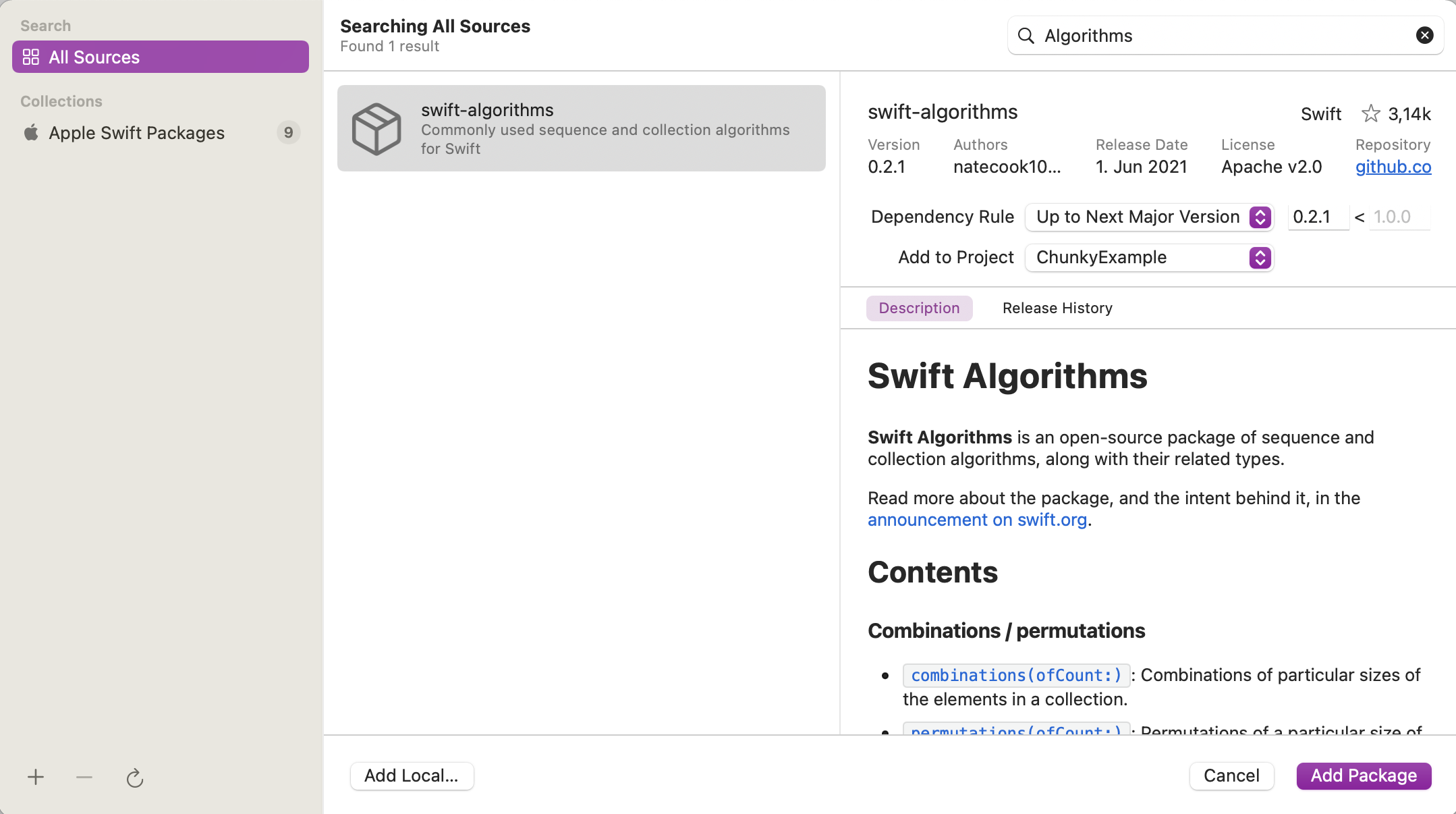

To display information in the contacts list, you will store the sample data using a dictionary in the Swift file MessagesDataModel.swift. This article was inspired by the section that Florian wrote for our book Thinking in SwiftUI. In SwiftUI, you can populate list views using static or dynamic content. I have a gist here with some examples, and plan to also write this up soon To create this stack view: Position views with alignment and spacer views Align any contained views inside a stack view by using a combination of the alignment property, Spacer, and Divider views. The variadic view API is really powerful (for example, you can write things like filter, map and reduce on view lists) but also quite low-level. The HStack contains a VStack with a pair of Text views inside it, and a Spacer view pushes the VStack to the leading side. You can also use variadic views - a non-public, but stable API - to loop over view lists.
SWIFTUI LIST IN VSTACK CODE
For example, the code below creates a vertical stack with eight children:Īs mentioned, the Layout protocol lets you work with these view lists directly as of iOS 16 and macOS 13. These can even be combined with other lists. Note that constructs like ForEach produce a list as well. To create lists with a dynamic size, you can use conditionals such as if.

For example, you could construct your own Layout implementation to print the number of subviews:įunc sizeThatFits( proposal: ProposedViewSize, subviews: Subviews, cache: inout ()) -> CGSize you’ll see that it will always print 3. Views and Controls UITableView, List, also VStack and Form UINavigationBar, NavigationView, Part of NavigationView UINavigationItem, ToolbarItem, iOS 14. As you can see in the picture above, the background will fill with gray color to the outermost areas of our objects within the VStack. Using the Layout protocol, you can also see these flattened lists. In the case of MyOtherView, the body flattens down to a list containing three views.Ĭontainer views such as HStack and VStack take these lists, iterate over them and lay them out. In the case of MyOtherView, we could say the list has a single Text view and another list ( MyView). A list is a container much like a VStack or HStack that you can populate with static views, dynamic data or other iterative views. In general, we can say that anything that conforms to the View protocol really represents a list of Views. You can create a VStack with MyOtherView, and will see the three views below each other, and when you create an HStack they’re laid out on a single line. For example, we could even do something like this: When we write views, we’re always constructing lists of views This is not a gimmick: it is essential to how SwiftUI works. When you create an HStack containing MyView, the text will be on a single line, but when you create a VStack the two texts will be below each other. So how does the above view render? It depends The type of body is some View (an opaque type), and MyView itself conforms to the View protocol. The name of this protocol is a bit misleading: I it could be called Views or ViewList, or something else that suggests pluralsįor example, consider the following view: To start with the first variant, here’s an example using the list binding syntax that was introduced in Swift 5.When you write SwiftUI, all your views conform to the View protocol. Divider views also add space in between a stack’s subviews, but only insert enough space to draw a line across the stack’s minor axis.

There are 3 different types of SwiftUI stacks that you can use and combine. Spacers expand to fill any available space and push content apart from other views or the edges of the stack. SwiftUI eliminated the complicated auto-layout of UIKit, by simplifying everything on stacks. In general, list editing typically involves two separate kinds of edits - item-specific and list-wide ones. Use Spacer views to align views along the primary axis of an HStack or VStack. Our SwiftUI content views must contain one or more views, which is the layout we want them to show. It’s definitely true that List offers a built-in way to construct list-based UIs that are rendered using the same overall appearance as when using UITableView - however, when it comes to mutations, we instead have to turn to SwiftUI’s core engine for constructing and managing views based on collections of data - the ForEach type. To say that SwiftUI’s List is the equivalent of UIKit’s UITableView is both true and false at the same time.


 0 kommentar(er)
0 kommentar(er)
